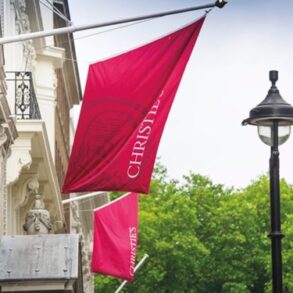
Dmitry Rybolovlev had accused the auction house of aiding a Swiss art dealer who he says cheated him out of tens of millions of dollars.
A jury in a civil trial in New York decided in favor of Sotheby’s on Tuesday, rejecting a Russian oligarch’s claim that the auction house had helped a Swiss dealer who he said defrauded him out of tens of millions of dollars in high-end art sales.
The oligarch, Dmitry Rybolovlev, had accused Sotheby’s of being in on a plot in which, he said, the dealer Yves Bouvier posed as an art adviser negotiating sales on Rybolovlev’s behalf when, in reality, he was secretly acting as an art dealer, buying works at Sotheby’s before flipping them to his client. In the resales, Bouvier at times increased the prices by tens of millions of dollars.
But the 10-person federal jury sided with Sotheby’s, which said that it was unaware of any scheme and that all of its executives’ efforts were focused on selling art at as high a price as possible to the buyer, whom they believed to be Bouvier. Whatever the dealer did with the art after he bought it was none of the auction house’s business, the Sotheby’s lawyers had argued.
If anyone were to blame for buying overpriced art, it was Rybolovlev himself, according to Sotheby’s lawyers, who said the Russian businessman was at fault for not protecting himself against the dealer’s actions.
Sotheby’s reacted to the verdict in a statement that said the jury’s decision had reaffirmed the auction house’s commitment to the highest standards of integrity, ethics and professionalism. “Throughout the trial,” the statement said, “there was a glaring lack of evidence presented by the plaintiff.”
The jury sitting in the U.S. District Court for the Southern District of New York came to its decision on the first day of deliberations. The panel had heard nearly three weeks of testimony by Sotheby’s executives and other prominent art world figures in a trial that provided a rare glimpse into the inner, often secretive functioning of the art trade.
This post was originally published on this site be sure to check out more of their content





